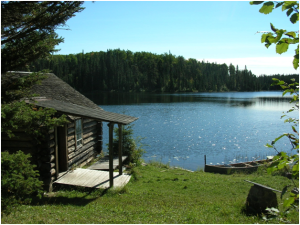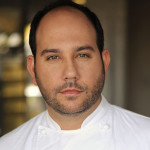 Near Danville, Ky., lies picturesque Herrington Lake. For David Contarino, the lake is the perfect place to get a sense of peace and solitude. As a busy political strategist and consultant, David Contarino likes to spend the lazy days of summer at Lake Herrington. Today, David Contarino explains how the lake serves as a retreat during the busy moments in his busy political life.
Near Danville, Ky., lies picturesque Herrington Lake. For David Contarino, the lake is the perfect place to get a sense of peace and solitude. As a busy political strategist and consultant, David Contarino likes to spend the lazy days of summer at Lake Herrington. Today, David Contarino explains how the lake serves as a retreat during the busy moments in his busy political life.
A Gathering of Experts: Thank you for taking time from your busy schedule to talk to us, Mr. David Contarino.
David Contarino: It’s my pleasure. Thank you for having me.
A Gathering of Experts: The charm of Herrington Lake lures vacationers year in and year out. Tell us a more about the area.
David Contarino: Herrington Lake is a playground for many outdoor and recreational sports. Visitors can water ski, and swimming, tubing and even cliff jumping is popular. Great fishing is also abundant. Herrington Lake produces some of the finest fish.
A Gathering of Experts: What types of fish?
David Contarino: The lake contains catfish, bluegill, crappie, largemouth bass and some others that I can’t think of right now.
A Gathering of Experts: What do you like about coming to the lake?
David Contarino: My family and I have a cabin on the southern part of the lake. The house sits on a steep slope overlooking the water. We’ve been coming here for years and every time a similar feeling always hits me.
A Gathering of Experts: What feeling is that?
David Contarino: I always know that it’s going to be low key, peaceful and relaxed. Everything we want is right here at the lake.
A Gathering of Experts: What is your favorite thing to do at the cabin?
David Contarino: I often sit on one of our decks—either off the house or down below on the edge, sipping Kentucky bourbon or smoking an occasional cigar. I can just sit outside and take in the nature surrounding me.
A Gathering of Experts: As a political strategist, you have played a critical role in many successful campaigns over the last 25 years. Is the lake a getaway from your busy political life?
David Contarino: Absolutely. I can fully relax at the lake and just enjoy the simple things in life. My smart phone does not even work there! We go on hikes, fish and swim. It’s far from the craziness of political life.
A Gathering of Experts: Give us one interesting fact about Lake Herrington.
David Contarino: Herrington Lake is the deepest lake in Kentucky. It’s maximum depth is 249 feet.
A Gathering of Experts: What do you look for in a vacation?
David Contarino: I prefer a relaxing, not too touristy vacation. I’m more interested in atmosphere and quality than quantity.
A Gathering of Experts: Describe one of your best moments at the cabin.
David Contarino: I have a few, but landing a 15 pound catfish with my daughter’s rod from Wal-Mart was one of the best.
A Gathering of Experts: How does a good day end for David Contarino at the lake?
David Contarino: Returning from a day of kayaking just as the stars come out. I know how good that feels.
David Contarino is currently president of Contarino & Associates, LLC, where he consults with small and large companies, political campaigns, and other organizations. David Contarino is based in Louisville, Ky. According to David Contarino, Kentucky is known for a lot of things— Herrington Lake and the Derby are among the most special.







